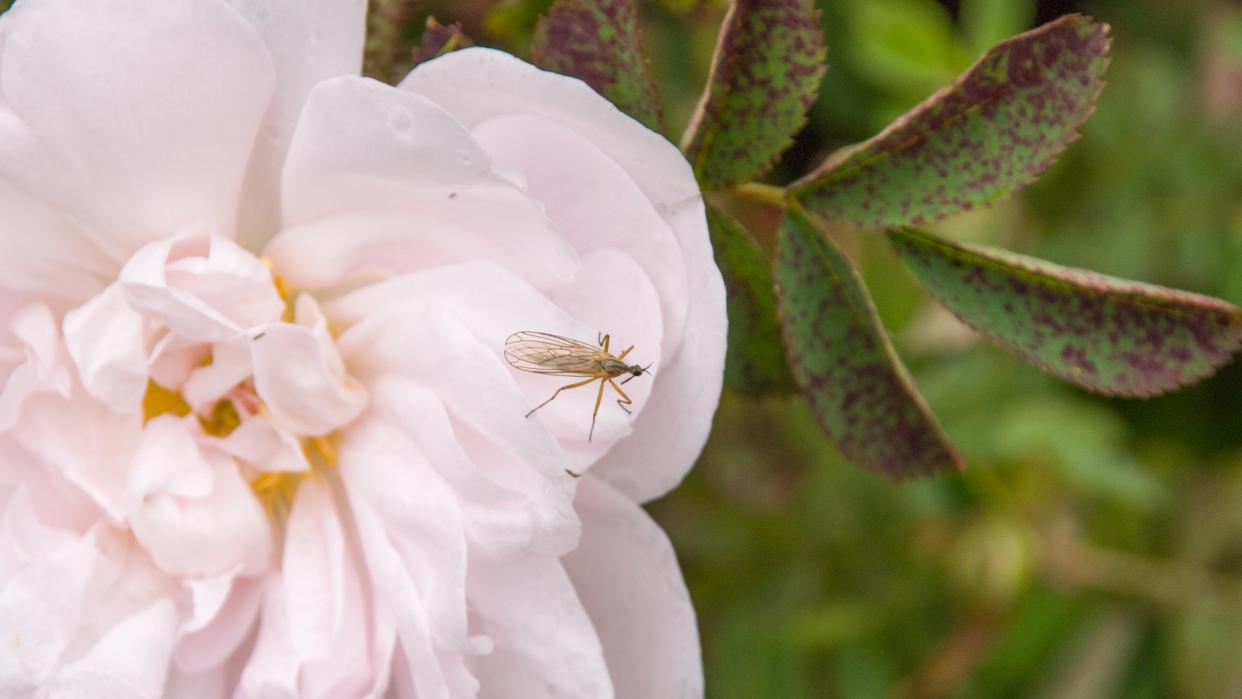A tropical skin disease is making the rounds in the US

A parasite capable of disfiguring skin may be endemic to the U.S.
Leishmaniasis is a condition spread through sand fly bites. It causes people to “develop ulcers on their skin,” that sometimes start like “a little tiny volcano with a crater in it,” Mary Kamb, a medical epidemiologist at the Centers for Disease Control and Prevention (CDC), told CNN. The parasite affects the nerves, so the welts may not be painful, but they could cause permanent scaring and disfigurement. This could also lead to “all sorts of issues relating to depression and stigma,” parasitologist David Molyneux of the Liverpool School of Tropical Medicine in England, told Scientific American.
The disease is endemic to the Middle East, Asia, Africa, and Latin America. Until recently, it was not known to be endemic to the U.S. with the few cases within the country assumed to have been contracted by travelers. However, “over the past decade or so, reports started cropping up of cases in people with no history of travel outside the U.S.,” Scientific American continued. Many of the documented cases were in Texas. “We cannot say that it is exclusive to Texas, but from the samples that were submitted to CDC, the majority were from Texas," Vitaliano Cama, a senior adviser with CDC’s Division of Parasitic Diseases and Malaria, told NBC News.
While the chances of contracting the disease within the U.S. are still low, case numbers are rising. Warming temperatures are likely to cause sandflies to move north as well, thus spreading the disease. “Our understanding of leishmaniasis acquired in the U.S. is still really evolving,” said Joshua Lieberman, assistant director of the molecular microbiology clinical laboratory at UW Medicine, told NBC News. The good news is the most prevalent form of the disease in the U.S. is still “relatively mild.”

